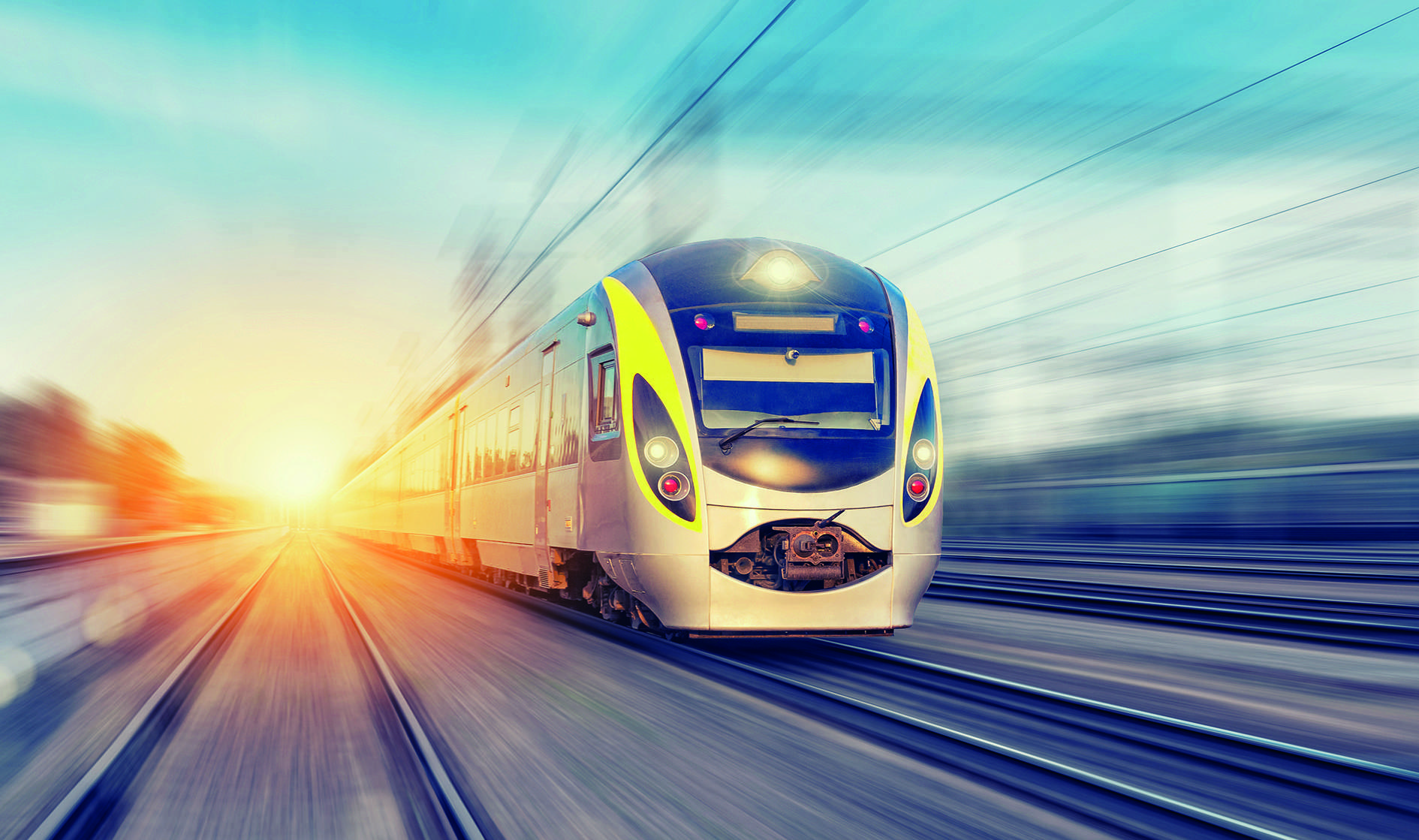
Safe4RAIL-2 is a project aimed at improving the safety and efficiency of the European railway system. It is framed within the European initiative Shift2Rail of Horizon 2020, whose objective is to deliver through railway research and innovation the capabilities to bring about the most sustainable, cost-efficient, high-performing, time driven, digital and competitive customer-centred transport mode for Europe. Safe4RAIL-2 takes as its baseline the results from previous projects such as Safe4RAIL, in which IKERLAN participated, where the main technologies and reference architectures were established.
IKERLAN, a technological centre member of the MONDRAGON Corporation and linked to the Basque Research and Technology Alliance (BRTA), is responsible for coordinating the R&D project Safe4RAIL-2, funded by Shift2Rail, a public-private partnership under Horizon 2020. With this project, IKERLAN leads the European research to obtain safer trains and to improve the efficiency of the railway system.
What does Safe4RAIL-2 Project consist of? It takes as a starting point the results from the European project, Safe4RAIL, in which IKERLAN also participated..
Safe4RAIL-2 is a project aimed at improving the safety and efficiency of the European railway system. It is framed within the European initiative Shift2Rail of Horizon 2020, whose objective is to deliver, through railway research and innovation, the capabilities to bring about the most sustainable, cost-efficient, high-performing, time driven, digital and competitive customer-centred transport mode for Europe. Safe4RAIL-2 takes as its baseline the results from previous projects, such as Safe4RAIL, in which IKERLAN participated, where the main technologies and reference architectures were established.
These technologies and architectures will be used for building functional prototypes in Safe4RAIL-2, in order to be finally tested in the Technology Demonstrators (TD) of the Innovation Programme 1 (IP1) of Shift2Rail. These demonstrators will be set up in cooperation with the other Shift2Rail project CONNECTA-2, whose consortium is formed by leading manufacturers and railway operators in Europe.
Who are the members of Safe4RAIL-2 consortium?
The consortium is formed by eight entities located in five countries. The profile of the entities is diverse, covering from research centers and technological consultants (EURECOM, IKERLAN, TECHNIKON), to device manufacturers (TTTECH, MOXA, WESTERMO), software suppliers (ETAS) and system developers for the train (LIEBHERR).
Which are the main goals of Safe4RAIL-2?
The project has three main objectives: to increase the accuracy of data management in the communication bus of the train; to develop wireless solutions in order to remove the wiring of the internal communications of the train, and to cut the development time of new applications for trains.
Will your results minimise critical system failures for the safety of the rail passengers, such as the acceleration control, the brakes or the detection of smoke and fire?
The consortium is implementing, for the first time in the railway sector, the Time Sensitive Network (TSN) technology, which has mechanisms to create, distribute, synchronise and operate systems in real time. Even though current trains already meet very high safety standards, the TSN technology will increase the time precision with which the monitoring and control data are managed in the bus of the train (the Train Control and Monitoring Systems, or TCMS), increasing in this way the safety of the different train systems.
You are also researching wireless solutions.. Why?
The current communications within the train are based on wired solutions that are very costly to maintain and reduce the flexibility of the installations. For this reason, we intend to develop a wireless solution for the bus of the train that removes the current physical connections, which will give greater flexibility to operations such as the connection and disconnection of wagons and will reduce the maintenance costs. For this purpose, the features of the currently available wireless standards have been analysed and improvements are being made to fulfil the communication requirements of the train.
How do you intend to achieve a reduction in the development ti- me of the applications for trains?
The main idea is to develop simulation and verification environments that allow developers to try new applications prior to their installation in trains, something that today can only be certified by physically installing the actual developments inside the train. Within this project, a demonstration of this simulation and verification technology is being made for a Heating, Ventilation and Air-Conditioning (HVAC) system.
At which stage is the project now?
Safe4RAIL-2 started in October 2018 and will end in April 2021, therefore, we are currently in the middle of the project. We have finished the specification and design phases, and we are now immersed in the development of the prototypes, which we expect to finish by mid-2020 and thus proceed to their integration in the demonstrators. The results generated up to now are available as public deliverables on the project website also accessible through Shift2Rail TCMS Technological Demonstrator view.
What will be the impact of the results of your R&D&I on the railway sector?
The technologies that are being developed in Safe4RAIL-2 will clearly improve the innovation and competitiveness of the European railway sector, through the three main axes of the project: the TSN technology, which will increase the robustness of the communications within the train; the wireless technologies, which will add flexibility to the configurations of the trains; and the simulation and verification environments, that will reduce drastically the time and costs of application development.
This project has received funding from the European Union's Horizon 2020 research and innovation programme under grant agreement No. 826073. The information and views set out in this document are those of the author(s) and do not necessarily reflect theofficialopinionof Shift2RailJoint Undertaking.The JU does not guarantee the accuracy of the data included in this article. Neither the JU nor any person acting on the JU's behalf may be held responsible for the use which may be made of the information contained therein.